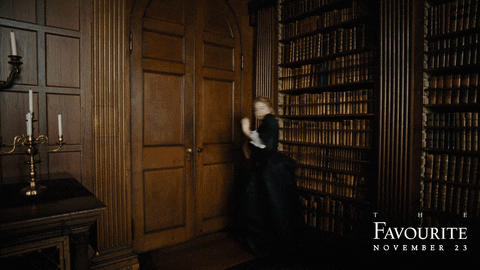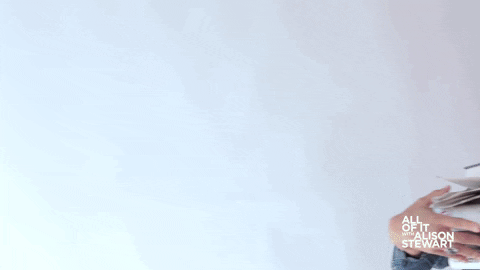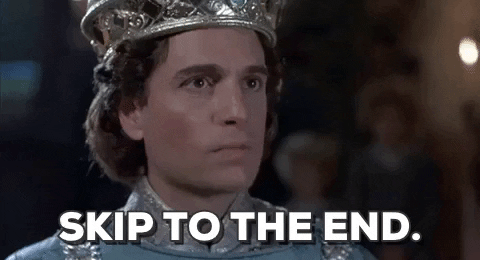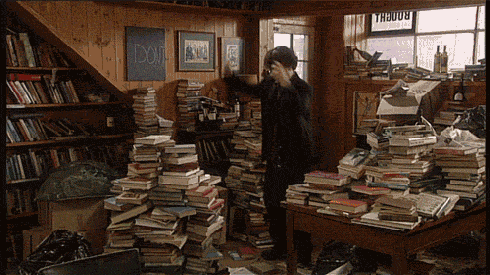Well, hell. Hello. Been a tick, hasn’t it?
I don’t talk about my favorite books often enough and I didn’t come back around at the end of 2021 to share what were my top reads were for that year. Can’t let 2022 slide without fixing that mistake.
Read 65-odd books over the course of the year, which is not bad for me. As usual it was a mix of current releases, books from my TBR shelf, and random things I came across that in the moment I decided to pick up. For 2023, I’m trying to be more thoughtful in what I’m picking up and why. And as ever, each book gets written and thought about in my reading journal. Makes it easy to go back and pick out my faves.
My tastes are definitely squarely in the fantasy camp with a good vein of horror running through it. Looks like I read less and less straight up science fiction as I get older. I want weird, I want fabulous, I want truth, I want reflection, I want character, I want texture, I want history and I want now. You ready for the books I read this past year that fit those criteria?
Let’s go!

THE BLUE SWORD by Robin McKinley
This is one of those books that I’ve heard about for years as being a seminal fantasy book, the kind you read when you’re young that forever alters your cool meter and your tastes. My first comment in the journal entry is, “I would have lived and died for this book had I read it when it was first published in 1982. No, really, this book would have been my everything.” Horses, magic, strange lands, wars, and a young heroine at the center of it all. So much my jam you could put it in a jar and sell it. It’s also a book that could not be published today: not with its pacing or its structure or its wandering point of view. I loved it all the same.
ON A SUNBEAM by Tillie Walden (graphic novel)
This was a surprise, seen while out at a new-to-me bookstore, arms already filled with soon-to-be acquisitions for my book mountain. Its stark black cover with a trepidatious main character looking out into deep space called to me and did not disappoint. It is stunning and sweet, ranging across planets and loves, and is wistful and grand. A fairy tale in space.
THE UNDERGROUND RAILROAD by Colson Whitehead
Look, this won the Pulitzer for a reason. It is devastating, unflinching, poetic. It is historical fiction that blends fantasy into its premise to show both lives as they were and also as they might have been, weaving metaphor and historical fact into a beautiful book. My last line in the journal entry was, “FUCK ME, what a book. Well done, sir.”
A THOUSAND SHIPS by Natalie Haynes
This was part of my Greek phase, after reading Madeline Miller’s CIRCE (which I adored) and working my way through the ILLIAD as translated by Robert Fagles (which read like an overpowered, melodramatic D&D campaign, tho’ I kind of lived, tbh). Written to give voice to all the women left out of the ILLIAD and in what came after, we see a secret history among the many POV characters who recount their time both before and during the war, and how they will live out its ending having had little ability to sway it one way or the other. (I did read THE SONG OF ACHILLES by Miller last year but it did not seize me the way CIRCE did. I think because there was more to the story of Achilles in the records than Circe, there was less wiggle room for her to play with.)
IN THE DREAM HOUSE by Carmen Maria Machado
Ahh, this was a trip, a memoir steeped in the mythical and the personal. I swallowed this book down in two sittings and I still think about it. It reads like fiction, to the point where at times I was yelling at the narrator as if she were a character in a favorite TV show to love herself enough to choose better. (If I’m yelling at the character, I love the work, whether its a book or a show or a movie. It is distinctly different from yelling at the author.)
SPEAR by Nicola Griffith
I was so very excited about this release and it did not disappoint. It is deeply, breathtakingly beautiful. You become drunk on the Arthurian legend, this coming of age story of a magical being in a very mortal world. I dog-eared so many pages of beautiful, deep lines. And while a dense novella, it feels like it’s so much more. Just glorious.
THE ONLY GOOD INDIANS by Stephen Graham Jones
This is haunting, full stop, fuck with you kind of horror. It needs to be a movie. It’s so vividly rendered, which makes the horror not just pop but crawl across your skin. It is gruesome in parts. It talks about some heavy shit. Metaphors are literalized as the wrongs that had gone unpunished who return to take what’s owed. You will despair with these protagonists, and you’ll run with them, too.
THIS IS HOW YOU LOSE THE TIME WAR by Amal El-Mohtar & Max Gladstone
Another late to the party read, one of those books where I had bought the ebook only for it to drop away from my mind until a physical copy ended up in my hands years later. This book does what I love most in genre texts, getting the science fictional/fantastical conceit realized just enough so that it falls away and the book can focus on deep character and voice. Watching the protagonists slip through time and each other’s fingers while at the same time getting closer to each others hearts through their clever correspondence was beautiful.
DEVIL HOUSE by John Darnielle
The cover was what sold me on picking it up, a very 70s style, stark design (reflected house) and colors (black, white and red), but the book quickly carried me away. This is less horror and more True Crime/Existentialism? The narrative is nested, as are the mysteries, that lure and keep the main protagonist investigating a killing in a town that would rather forget it ever happened. The book is thick with mood, interiority, as it investigates. It was a rabbit hole I gleefully jumped into and while it bears no resemblance to THE HOUSE OF LEAVES, the way it crawled into my mind was very much the same.
SHE WHO BECAME THE SUN by Shelley Parker-Chan
This is alt-history with a dash of fantasy elements to make it miraculous but the focus is on the main character’s quest for identity and power over a destiny that promised oblivion. Our initially nameless protagonist does a lot of things to survive, definitely square in the “not a likeable character” camp — an accusation I have never understood. Are they interesting? Are they making complicated choices? Then I’m in, that’s all I need. You read this book, you are right alongside her and I loved every minute of it. Can’t wait for the sequels.
THE FINAL REVIVAL OF OPAL & NEV by Dawnie Walton
This was my favorite book of the year, another one that I wish fervently to be adapted into a movie. It feels like an authentic, exhaustively researched and interviewed biography of a culturally impactful 70s rock band. Interviews, footnotes and editor’s commentary gave it a very Behind the Music feel, as the fictional biographer tries to understand and come to terms with the musical icon that tore her family apart. It reads like it’s all true, which is the highest compliment I can give it.
THE SEVEN DEATHS OF EVELYN HARDCASTLE by Stuart Turton
I had a great time blasting through this murder mystery/science fiction/body hopping book. When the book begins, and you learn how the main character is trapped in a Groundhog Day trying to prevent a murder using every body he wakes up in, you aren’t sure where in genre you’re located. Horror? Fantasy? But it doesn’t really matter. It only cedes to Science Fiction near the end, when all is revealed and while that did take some of the shine off the book for me, I still loved it overall.
NETTLE & BONE by T. Kingfisher
Picked this up on a whim from the library and then bought my own copy the second I was finished. A fantasy set in a sideways world that evokes some primal fairy tale archetypes that are then challenged and transformed. It is scary, it is ironic, it is funny, it is sweet. This is a coming of age story for all the late bloomers out there, one that hit all my buttons in terms of voice, world-building and story.
BUT WAIT, WHAT ABOUT 2021?
Here’s a flyby of my favorites from that year.
IRON WIDOW by Xiran Jay Zhao (holy cats I can’t wait for the next book), STATION ELEVEN by Emily St. John (why, oh why did I wait so long to read this, this was beautiful), THE OTHER BLACK GIRL by Zakiya Dalila Harris (this is that for me perfect intersection of real world and horror with a SFnal undercoat to make the premise happen), PIRANESI by Susanna Clarke (I sobbed through this one), THE CHOSEN AND THE BEAUTIFUL by Nghi Vo (hot like potato crisps, so good), the comic book THE WICKED + THE DIVINE by Kieron Gillen and Jamie McKelvie (just, ugh, everything, I loved it all, complicated, super powerful characters kicking ass and making all the wrong choices), SORROWLAND by Rivers Solomon (heartache and hope is so beautifully rendered here in this gut-punch of a novel), and THE OLD DRIFT by Namwali Serpell (my hands down favorite of 2021; I love this kind of science fiction: intricate, expansive, with deep characterization).
Not sure what 2023 has in store, but with any luck, there’ll be a ton of great books.
What did you read last year that you loved?





